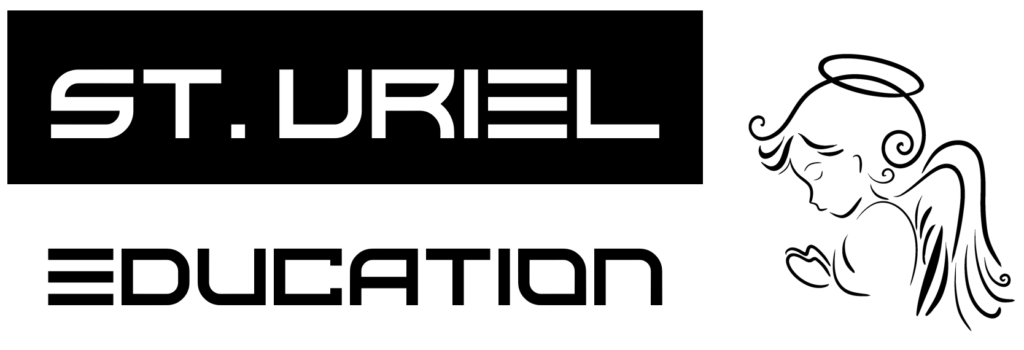Emerging technologies are revolutionizing how organizations across industries operate, and the education sector is no exception. Over the last 10 years — particularly after the onset of the COVID-19 pandemic — schools and colleges have had to adapt and evolve their approaches to learning and collaboration, opening the door to the “learn from anywhere” world.
Even now, as schools firmly embrace in-person learning again, it’s clear that the education sector is in a period of great modernization. Chalkboards, pen and paper are a thing of the past. Today, students and teachers alike want digitally enabled experiences.
One of the most powerful digital solutions that is enhancing the education sector is cloud storage. Below, we’ll explore how your institution can harness the potential of cloud tools to improve learning outcomes, accessibility, and data security.
What Is Cloud Storage?
Cloud storage refers to a form of data storage in which files and information are stored on a remote server instead of a local one. This means no more storing files on your device or a USB stick; you can access them from any device as long as you have the right credentials and an internet connection.
There are different cloud storage options out there for educational institutions. The main three are: public, private, and hybrid clouds. In fact, there’s no best cloud storage option, as reported by Cloudwards. Each has its own advantages and disadvantages, which we’ll explore below.
1. Public cloud
2. Private cloud
3. Hybrid cloud
The Benefits of the Cloud for Educational Institutions
Educational institutions that aren’t already using the cloud are missing out. It really is the future of education, enabling students, teachers, and other faculty members to achieve more.
First and foremost, the cloud is wonderful for accessibility. With a cloud storage solution in place, teachers can better deliver distance learning while students can access the files they need to study, complete homework, and collaborate much more easily and seamlessly.
Another benefit is cost savings. Compared to on-premise data centers, cloud solutions are much more cost-effective. Most models offer predictable monthly fees, which makes forecasting much easier. Moreover, you’ll no longer need to spend money on managing, maintaining, and upgrading your on-premise server.
In terms of innovation, cloud storage is also second to none. It’s a fantastic way to modernize learning so that students are more engaged, productive, and equipped to learn. For teachers, cloud storage streamlines workflows and makes managing different classes, resources, and files much easier.
Finally, for education institutions concerned about enrollment and student achievement, the cloud is undoubtedly the way forward. It is a stepping stone toward digital enablement, which is foundational to taking advantage of emerging technologies like AI and data analytics — all of which are changing the nature of education.
How to Adopt the Cloud in Your Organization?
Moving to the cloud is a huge shift to operations, but one well worth undertaking. Before signing anything on the dotted line, you should assess your organization’s needs carefully, considering factors like:
What cloud deployment model would be best?How will we secure the cloud?What expertise do we need to guide our deployment?What legal and compliance requirements must we consider, especially when it comes to storing personal data?Will we migrate our applications to the cloud, as well as use storage?Which provider would be best for us, based on our security requirements and budget?
Once you’ve answered these questions, you’ll be in a great position to begin adopting cloud storage in your institution. It may be that you take a phased approach, where you gradually move some workloads to the cloud in order to reduce disruption and maintain continuity.
Conclusion
Ultimately, in our fast-moving digital world, cloud storage is the next frontier for educational institutions that are committed to providing the best learning experience possible. The right cloud solution will empower your teachers to deliver more engaging lessons and help your students to reach their full potential.
Disclaimer: this is a sponsored post
